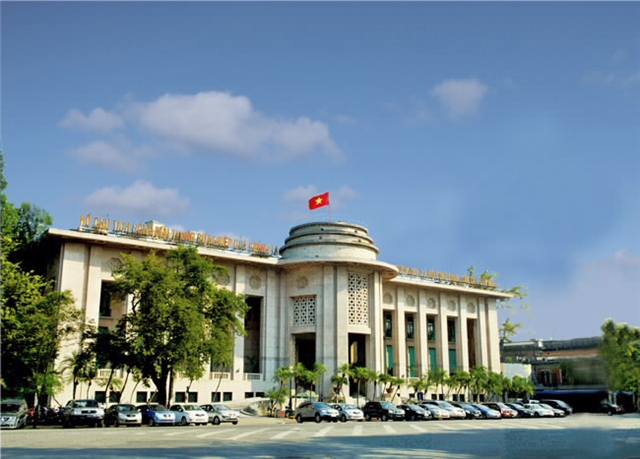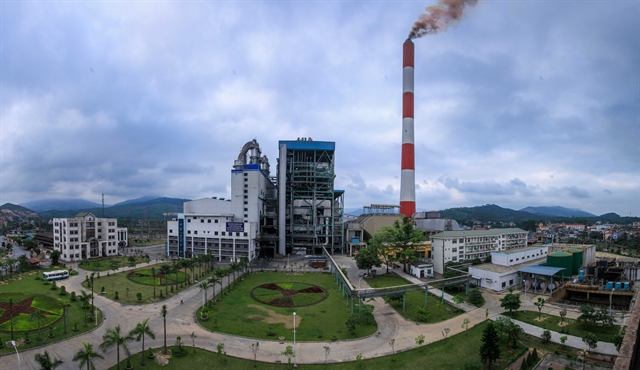 Environment
Environment

While other regions are promoting the use of 'green' energy, Asia is still dependent on coal to meet energy demand.

|
| The Uông Bí power station is a 630-megawatt (MW) coal plant located in the northern province of Quảng Ninh. Many countries in Asia, including Việt Nam, are still dependent on coal to meet energy demand. — VNA/VNS Photo Trọng Đạt |
HÀ NỘI — The 14th Multi-Pollutant Emissions from Coal Workshop, held in Hà Nội on Monday, gathered international experts, scientists and policy makers, who stressed the significance of advanced technologies to control mercury and multi-pollutant emissions from coal combustion.
At the event, organised by the Clean Coal Centre under the International Energy Agency (IEA) in collaboration with the Hà Nội University of Natural Resources and Environment, they shared scientific research and management experience to outline strategies to branch out technology to reduce pollutants from coal utilities.
According to Deputy Minister of Natural Resources and Environment Võ Tuấn Nhân, coal burning for power generation results in emissions of particulates, sulfur dioxide (SO2), nitrogen oxides (NOx), mercury and heavy metals, among others, which have a critical impact on the environment and human health.
While other regions are promoting the use of 'green' energy, Asia is still dependent on coal to meet energy demand, he said, adding Asia is mining and burning three quarters of the world’s coal.
In recent years, Asian nations have worked to boost the production of renewable energy. However, their efforts are insufficient, especially when coal-generated electricity is playing an important role to ensure energy security in countries like Việt Nam, Thailand and Indonesia.
Đặng Hà Sơn from the Centre for Energy and Green Growth Research said Việt Nam has increased imports of bituminous coal to meet demand for industrial activities and power generation.
The country should apply advanced measures to use energy in an effective way, and it is necessary for State-owned agencies to carry out meticulous studies to lay down standards to curb sulfur and mercury emissions from industrial plants, he said.
Meanwhile, Lesley Sloss, a representative from the Clean Coal Centre, said there are many technologies to reduce pollutants from coal burning, and management of mercury can be done by using clean coal. — VNS




